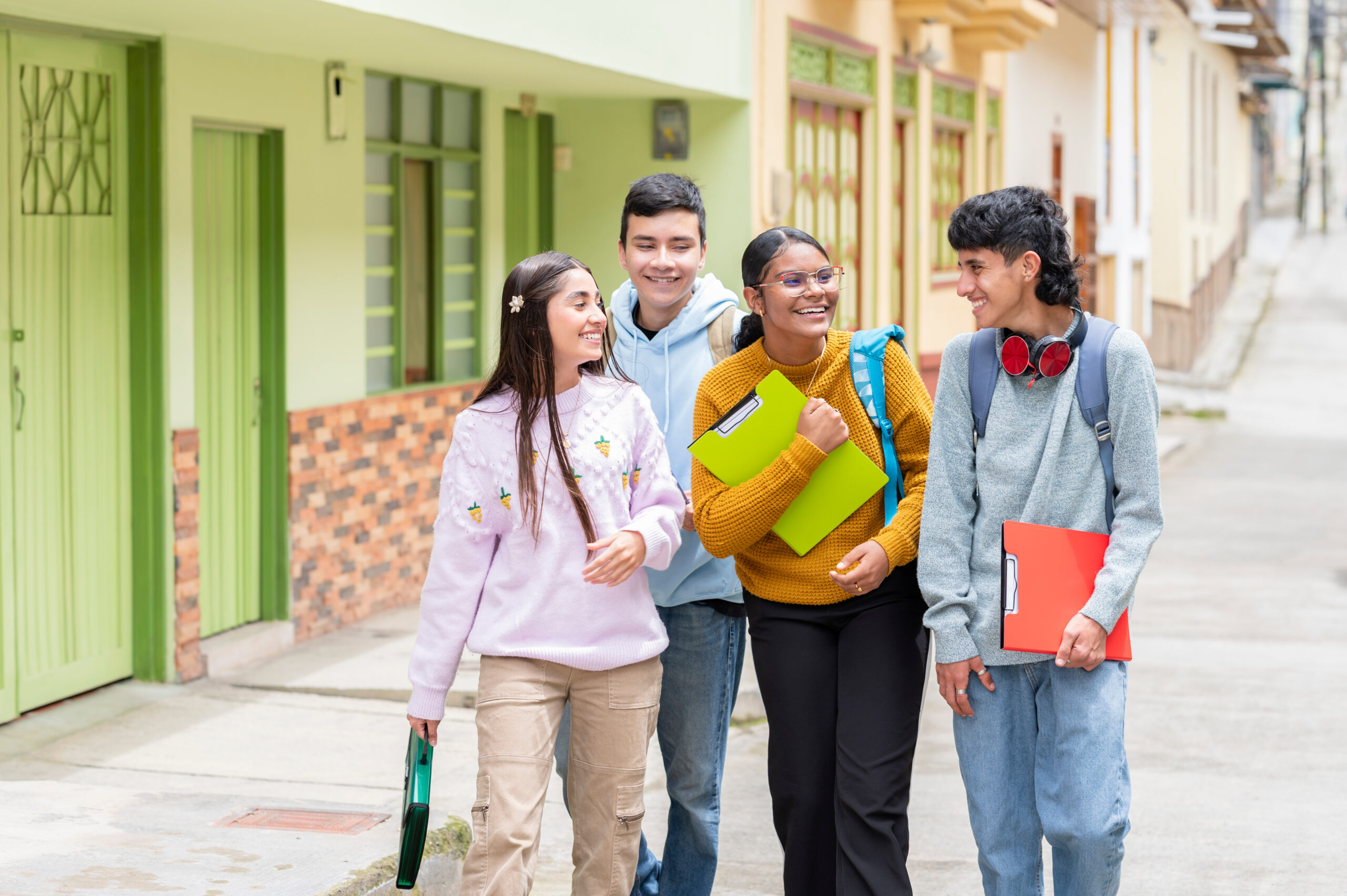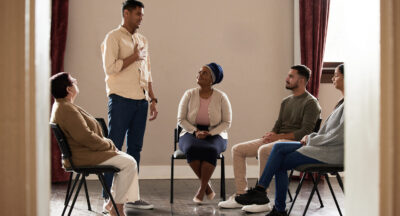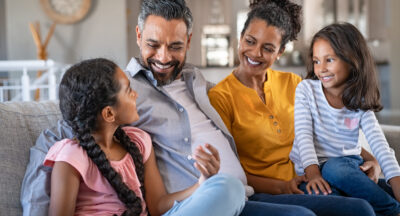
[Op-Ed] Preventing community violence is a collective responsibility
The murder of teenager Gabriela Nicole Pratts in Aibonito has once again forced us to reflect on the multiple dimensions of violence. Inevitably, I think of my daughter and the concerns this event awakens in me as a mother. Thinking of her led me to look beyond my home, putting into perspective the community violence faced by so many children and adolescents in Puerto Rico.
The community violence we are experiencing does not occur in a vacuum. It emerges from social contexts marked by the absence of socioemotional skills, lack of opportunities, and the absence of support structures to protect our children and youth. This personal reflection is confirmed by scientific literature, which describes community violence as a “social toxin.”
According to the Puerto Rico Evidence-Based Practices Board (2012), this phenomenon includes manifestations such as crime, substance dependence, interpersonal aggression, delinquency, behavioral and mental health problems, school and domestic violence, exposure to violent environments, economic inequality, and school dropout. Consequently, community violence erodes coexistence, deteriorates emotional health, and limits the development opportunities of those who experience it.
In light of this situation, we need responses that go beyond punishment and instead promote coexistence. Among these strategies, peaceful conflict resolution plays a fundamental role. Mediation and other restorative approaches have proven effective in addressing disputes among minors, preventing differences from escalating into violence.
However, it is not enough for young people to acquire these skills: it is equally necessary for adults -parents, teachers, community leaders, as well as behavioral professionals- to receive training in interpersonal conflict resolution and management, so they can model positive behaviors and sustain healthy coexistence environments.
In addition, Puerto Rico must urgently strengthen and expand the Positive Youth Development models already underway, so that more communities benefit from an approach that recognizes youth as a community asset, fostering social, emotional, and cognitive competencies for their integral development. Along those lines, it is encouraging to note that evidence-based initiatives are currently being developed that have proven effective in reducing violent behaviors and promoting healthier family and community relationships.
The challenge does not lie in the absence of strategies or proposals, but in the inconsistency of their implementation. Many successful interventions lack continuity because they depend on government changes or limited, temporary funding. This discontinuity weakens progress and sustains the cycle of violence. Therefore, both the state and the private sector need to commit to sustainably supporting those initiatives that science has shown to be effective.
Preventing community violence is not the exclusive task of a single agency or the government; it requires the shared responsibility of families, communities, schools, nonprofit organizations, and the private sector. This co-responsibility is more urgent today, as the memory of this young girl calls us to collective action. Coordinated action is needed to avoid normalizing violence and to sustain efforts that restore hope to our youth.
Originally published in El Nuevo Día.
Related Posts
Culture of support needed for social workers
The discussion around how to break stigmas and support the well-being of an...
Mental health professionals urge a comprehensive look at the needs of children and youth in Puerto Rico
(Mayagüez, PR) - Adopting a broad human rights perspective on the development...
Dialogue to create joint efforts against juvenile delinquency
The “Puerto Rico Minors Act” (Act 88-1986) was recently reformed. In this...
Functional family therapy for young people in legal trouble
We live in a historic moment for our children and youth, with public policies to...




